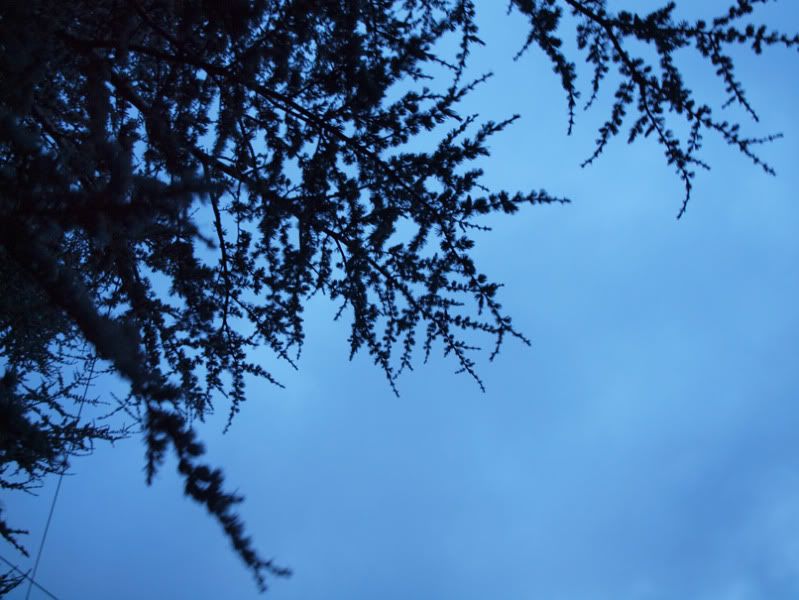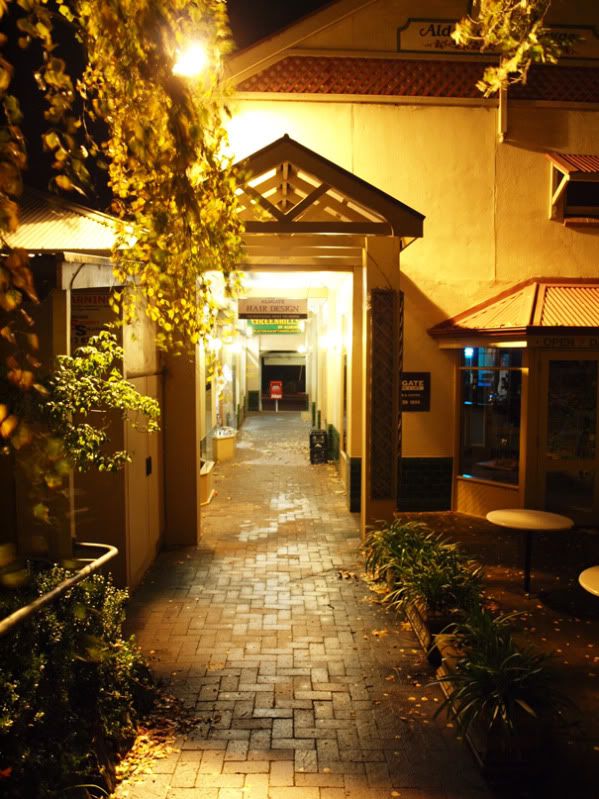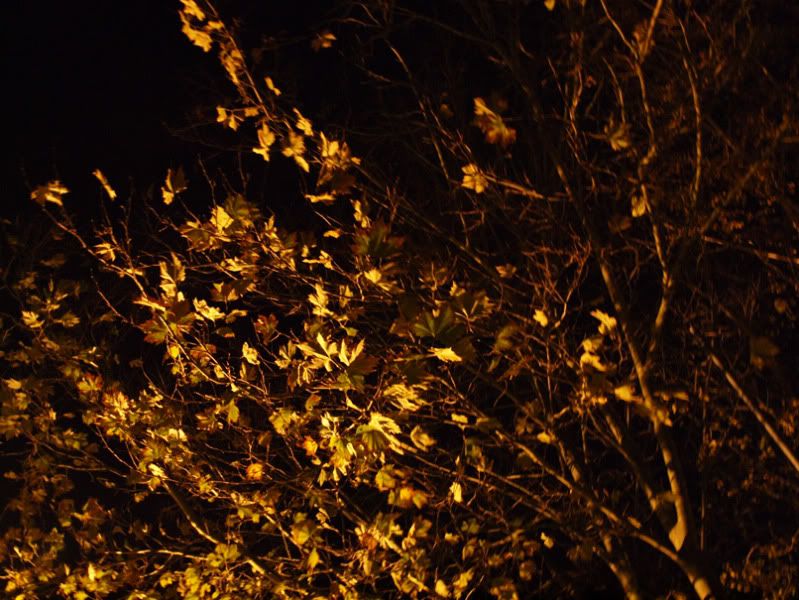There's a few issues here. The blur may be due to one or combination of:
1. camera shake 2. subject movement 3.
DOF.
To eliminate 1, you either need a faster
shutter speed (and upping
iso and/or wider
aperture to compensate at the expense noise and
DOF respectively), or a sturdier support (ie. good
tripod).
2. To eliminate subject movement you need a faster
shutter speed. In all 3 photos, there are leaves/branches that are very likely to have some movement during the
exposure. The more movement, the faster the
shutter speed you require. And the faster your
shutter speed, the more you'll need to compensate your
exposure with
ISO and/or
aperture.
3. To increase
DOF, you need to use a smaller
aperture, among things. But now you're letting in less
light so you need to compensate by increasing
ISO and/or lengthening the
shutter speed.
As you can see, there's no hard and fast rule on the perfect setting. Doing one thing will affect something else. You just need to understand what each setting does and select your best compromise.
A quick note on
exposure compensation. It biases the camera's
meter but in manual mode, it will only indicate (usually in your viewfinder) where your
exposure is based on current
exposure settings. It will not compensate your settings automatically like in the auto and semi-auto modes eg. Program,
Shutter and
Aperture.







 Thanks useful information:
Thanks useful information: 




 Reply With Quote
Reply With Quote Add To Bookmarks
Add To Bookmarks


 Threadstarter
Threadstarter



